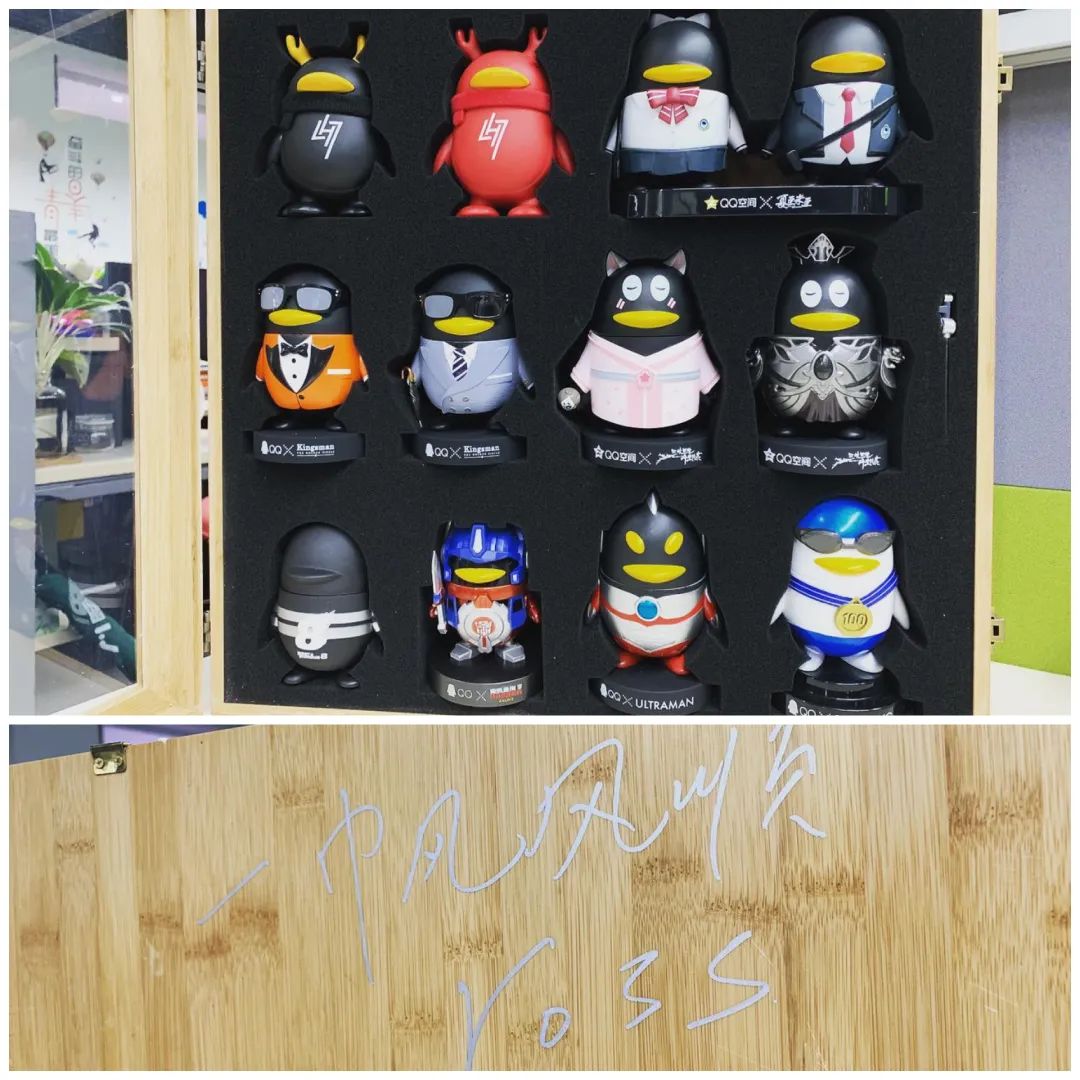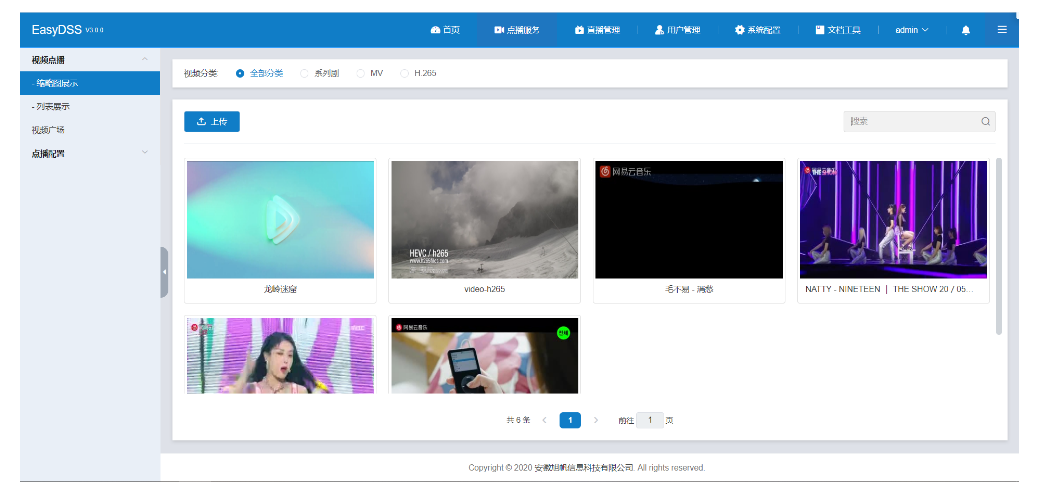I am trying to build an RNN/LSTM model for binary classification 0 or 1
a sample of my dataset (patient number, time in mill/sec., normalization of X Y and Z, kurtosis, skewness, pitch, roll and yaw, label) respectively.
1,15,-0.248010047716,0.00378335508419,-0.0152548459993,-86.3738760481,0.872322164158,-3.51314800063,0
1,31,-0.248010047716,0.00378335508419,-0.0152548459993,-86.3738760481,0.872322164158,-3.51314800063,0
1,46,-0.267422664673,0.0051143782875,-0.0191247001961,-85.7662354031,1.0928406847,-4.08015176908,0
1,62,-0.267422664673,0.0051143782875,-0.0191247001961,-85.7662354031,1.0928406847,-4.08015176908,0
what I have tried.
import numpy as np
from keras.datasets import imdb
from keras.models import Sequential
from keras.layers import Dense
from keras.layers import LSTM
from keras.layers import Bidirectional
from keras.preprocessing import sequence
# fix random seed for reproducibility
np.random.seed(7)
train = np.loadtxt("featwithsignalsTRAIN.txt", delimiter=",")
test = np.loadtxt("featwithsignalsTEST.txt", delimiter=",")
x_train = train[:,[2,3,4,5,6,7]]
x_test = test[:,[2,3,4,5,6,7]]
y_train = train[:,8]
y_test = test[:,8]
# create the model
model = Sequential()
model.add(LSTM(20, dropout=0.2, input_dim=6))
model.add(Dense(4, activation = 'sigmoid'))
model.compile(loss='binary_crossentropy', optimizer='adam', metrics=['accuracy'])
model.fit(x_train, y_train, epochs = 2)
but it gives me the following error
Error when checking input: expected lstm_1_input to have 3 dimensions, but got array with shape (1415684, 6)





